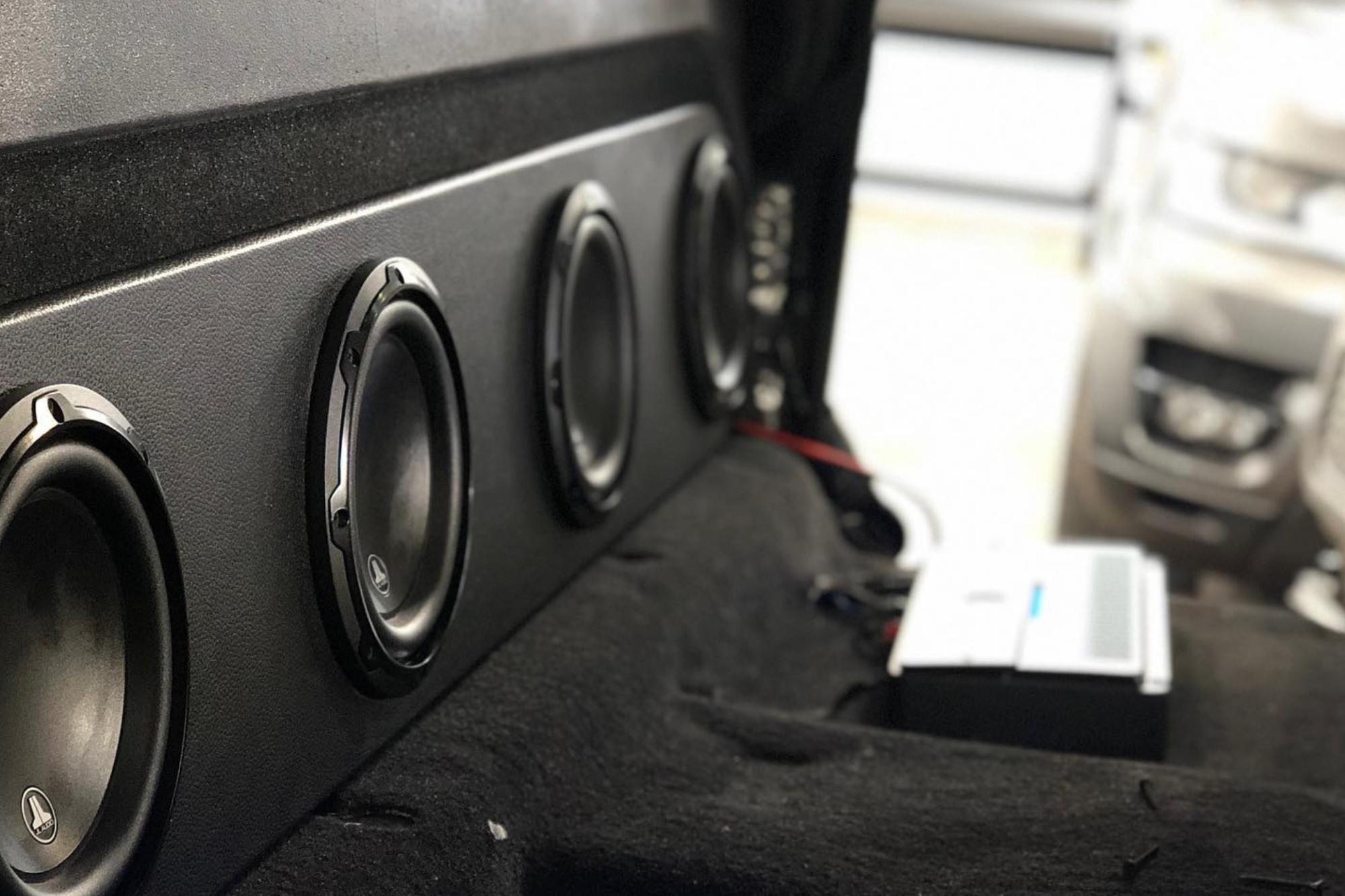For many drivers, the excitement of a new vehicle fades quickly once they turn up the volume and realize the sound lacks depth, strength, and detail. While factory audio systems may look impressive on the surface, their performance often falls short of expectations. This is especially true for drivers who value crisp highs, rich mids, and deep, controlled bass. In the Dallas-Fort Worth area, where car audio enthusiasts in Dallas, TX, seek nothing less than the best car audio, understanding the reasons behind these limitations can help you make smarter upgrade decisions. Whether you are comparing Dallas car audio options or looking to enhance your current system, understanding where factory setups fall short is the first step toward achieving your desired sound.
Key Takeaways
- Factory audio systems often use budget-grade components, limiting performance.
- Built-in amplifiers typically lack the power needed for clean, distortion-free sound.
- Speaker placement in factory setups can compromise audio depth and direction.
- Limited equalization settings restrict customization.
- Vehicle acoustics and road noise can mask audio details and alter clarity.
Understanding Car Audio Basics
To understand why most factory audio systems underperform, it helps to know the role of each major component.
Speakers convert electrical signals into sound. They come in variations such as woofers for bass and tweeters for treble. In factory systems, these are often made with lower-grade materials, limiting their ability to produce the full range of frequencies accurately.
Amplifiers boost the signal before it reaches the speakers. Factory amplifiers tend to be built-in and underpowered, leading to distortion and reduced dynamic range at higher volumes.
The head unit serves as the system’s control hub, managing audio sources, volume, and sometimes equalization. In many factory setups, head units offer minimal customization, restricting the ability to fine-tune sound to personal preferences.
Understanding these components and their limitations is the first step to recognizing how a Dallas car audio specialist can significantly enhance your listening experience.
How Manufacturer Choices Affect Sound
Even with modern infotainment systems, factory audio can fall short because manufacturers prioritize cost efficiency. Lower-cost materials in speakers, head units, and amplifiers are common, leading to compromised performance.
Factory amplifiers often lack the power needed for clarity, particularly at high volumes. Equalization is usually preset, which means you have little control over how your music sounds.
In many cases, infotainment systems are integrated with vehicle controls, making upgrades more complex. These factors combine to make a noticeable difference between stock systems and the best car audio options available through professional upgrades.
The Challenge of Space Constraints
Vehicle interiors are compact, which limits the placement and installation of components.
Speakers may be placed low in the doors or on the rear deck facing upward, causing sound to bounce off glass and hard surfaces, which can distort clarity. Smaller speakers, often required by design limitations, struggle to produce deep bass.
Compact interiors also make it harder to include a powerful amplifier, which limits volume and sound depth. These physical challenges mean even well-designed factory systems can’t match what a car audio upgrade can achieve.
The Role of Component Quality
The quality of materials used is a major factor in audio performance.
Even branded factory systems often rely on lightweight, inexpensive speaker materials that degrade over time. Low-powered amplifiers cannot deliver strong, distortion-free sound at higher volumes.
Equalization controls are minimal in most factory setups, preventing you from making the adjustments needed for richer, more accurate sound. By contrast, the best car audio setups use high-grade components that maintain clarity and power across all volumes.
How Car Acoustics Shape Sound
Your vehicle’s cabin has a big impact on audio performance.
Hard surfaces such as dashboards and windshields can reflect sound waves, causing some frequencies to be amplified while others are diminished. Each vehicle has a resonant frequency that can overemphasize certain bass tones, creating a “boomy” effect.
Road noise, vibrations, and wind can mask finer sound details, forcing you to increase volume. Poor speaker placement, often aimed at your legs instead of your ears, reduces stereo imaging and the sense of depth in your music.
Improving Your Factory Audio Experience
Improving your sound starts with addressing these limitations.
Replacing factory speakers with higher-quality options delivers clearer and more accurate audio. Adding an aftermarket amplifier increases power for a cleaner sound at all volumes.
Upgrading your head unit offers better processing, more precise equalization, and improved connectivity. Complementary upgrades, such as sound-deadening material, help reduce outside noise and improve the system’s performance.
A professional installer specializing in Dallas car audio can tailor these upgrades to your specific vehicle, ensuring you get the most from your investment.
In Summary
Factory audio systems are held back by cost-cutting measures, space restrictions, component limitations, and acoustic challenges. Knowing these factors helps you make informed decisions about upgrades.
Whether you’re aiming for more clarity, stronger bass, or a fully immersive soundstage, working with a car audio Dallas TX professional like J’s Tint & Car Audio gives you access to the tools and expertise needed to achieve it. With the right upgrades, your system can rival the best car audio experiences available.

